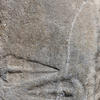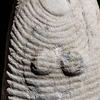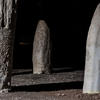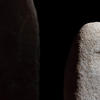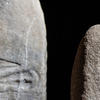Human-like figures: stone statues at the Mag Alto Garda museum
Discover Mag’s Archaeological Section
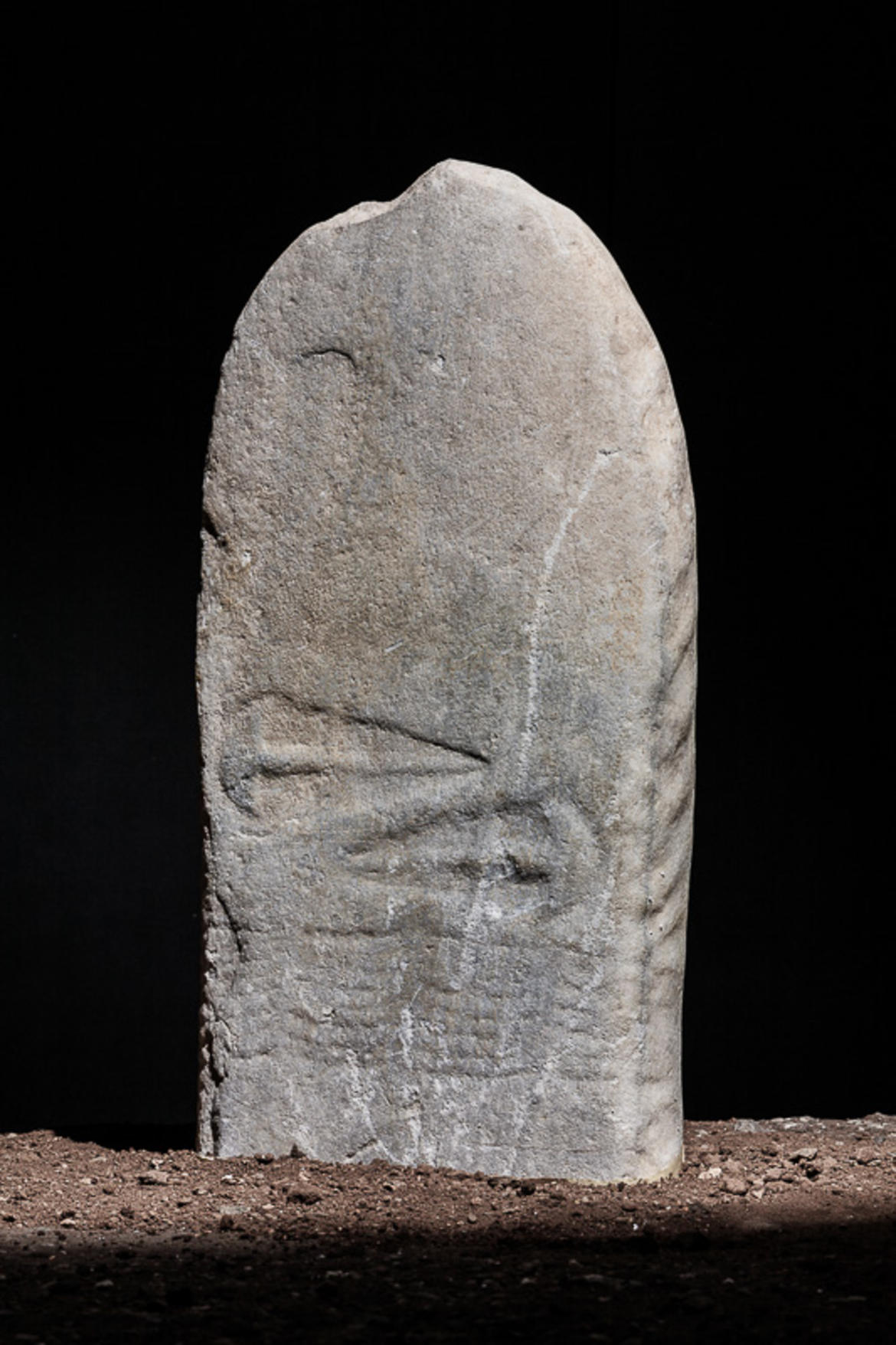
While waiting for the Mag to be reopened on 14 March with two exhibitions - Il tempo e l'istante. Paesaggi fotografici del Garda 1870-2000 (The time and the Instant. Photographic Landscapes of the Lake Garda 1870-2000), curated by Layla Betti, Claudia Gelmi, Sara Vicenzi and Natura Oltre. Visioni di Mario Raciti sul paesaggio dell'Alto Garda (Nature Beyond. Visions of Mario Raciti on the Upper Garda Landscape), curated by Claudio Cerritelli – let’s discover Mag’s Archaeological Section.
The first room, dominated by mighty stone statues, is dedicated to the most ancient traces of human presence.In the first case on the right, the ‘Serra d’Alto’-type vase is to be found – discovered in the Basso Sarca area, but of South Italian production - testifying to the wide-ranging contacts that took place between different communities, also on a local level, as far back as the Neolithic age.The cases along the wall house a number of articles in split fl int, found at a great altitude (1,100-1,500 metres) on Monte Baldo, considering that at the time the surrounding area was covered by glacier. A number of items can be traced to the middle Palaeolithic period (120,000-33,000 BC), to the late Palaeolithic as well as to the Mesolithic, and were made by the Neanderthals who, being hunters, were forced to stay on the move in order to exploit the resources offered by the environment. Then, with the improvements in the climactic conditions - around 18,000 years ago - the late Palaeolithic and Mesolithic hunters were able to push into the mountain plains. Traces of their passing have been found around Alpine lakes and near mountain passes.After the 9th millennium BC, the milder climate led to a gradual transformation of the environment towards conditions more akin to those of the present day. The Mesolithic human dwellings became more stable, and were established largely in the sheltered areas between the large cracks which opened up along the sides of the valley floor.
Man trasforms his environment
Then we come to the objects that tell us about the Neolithic period. At this time, people’s livelihood was still based on hunting and gathering, but little by little, farming and livestock started to make their appearance, leading to a greater stability of human settlements and the establishment of more complex societies.
Many of the materials on display were part of the funeral rites – which took place in lythic cist-type burial structures – consisting simply of axes and blades of sharpened stone, fl int arrowheads, ceramic containers, tools and ornaments made of bone, as well as necklace parts made out of seashells (Spondylus), further proof of the far-ranging trade made by these lake-dwellers. Other items are in miniature, used only for burial purposes.
The stone statues
The stone statues, discovered at Arco, date back to the Copper Age, at the end of the 4th-3rd millennium BC. They represent human-like fi gures, and together with their references to clothing, there are also carvings of some of the most characteristic elements of the early metal ages: fl at axes, triangular daggers, halberds, ornaments. These must be interpreted as objects which were full of symbolic meaning, showing a certain status of the person represented. It is not easy to define the meaning or purpose of the stone statues. They might have represented high-ranking people who really existed, commemorative fi gures of illustrious ancestors, or even cult divinities to be worshipped.
Source: www.museoaltogarda.it
23/02/2015
